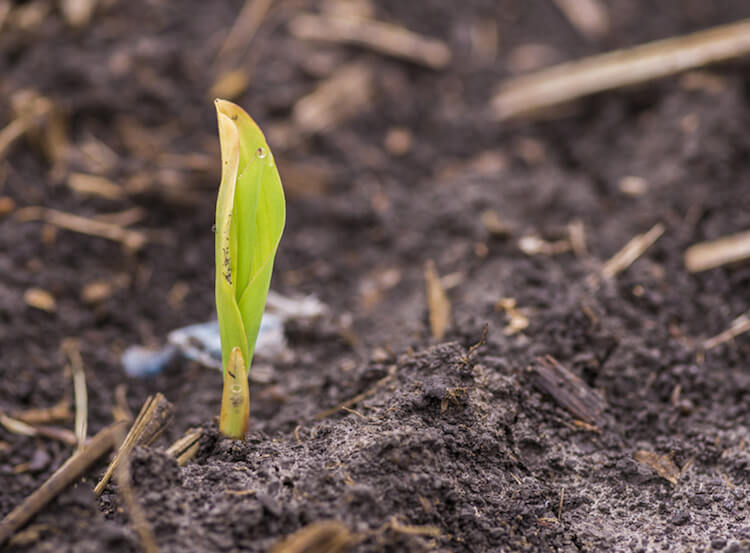
WATER EFFICIENT MAIZE FOR AFRICA [WEMA]
In support of the many smallholder farmers facing this challenge, leaders in plant breeding, environmental science, and agronomy are seeking a solution. Among other methods, WEMA is developing varieties of maize that tolerate moderate drought conditions. With newfound resilience, this adapted white maize can provide a precious resource: more time. As farmers wait for rainfall, this variety can better endure the hardship.




